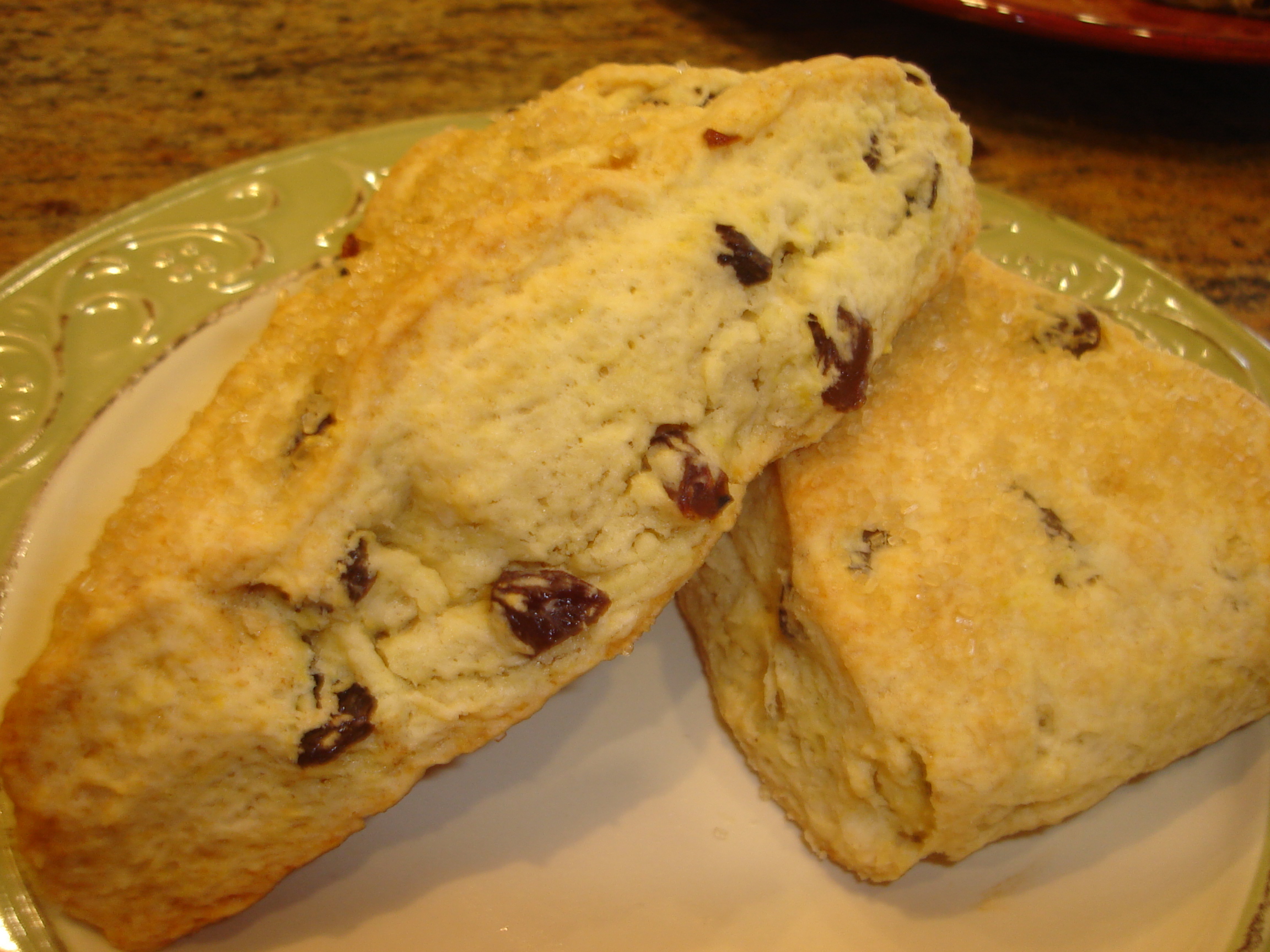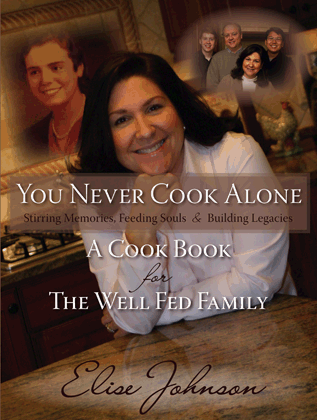- 2 cups King Arthur unbleached all-purpose flour
- 3 tablespoons brown sugar
- 2 teaspoons baking powder
- ½ teaspoon kosher salt
- ½ teaspoon baking soda
- ¼ cup cold butter, cut into pieces
- 1 cup raisins or currants
- 1 egg yolk
- 1 cup heavy whipping cream
- Raw turbinado sugar for top of scones
Treat your family to these incredible scones on St. Patrick’s Day or any day for that matter! I know you’ll just love them! These scones, not only for the Irish, will become a tradition in your family as well. I often make these scones for guests at tea parties, little girl’s birthday parties or just when a friendly visit with someone special.
In a food processor combine flour, brown sugar, baking powder, baking soda and salt. Pulse a couple of times. Add pieces of cold butter and pulse until mixture resembles coarse crumbs. Pour the mixture into a large bowl. Toss in the beautiful raisins and the aromatic orange or lemon zest. Move the raisins around in the dry mixture a little.
Tip: Coating dried fruit, chocolate chips or nuts in a little flour will prevent them from sinking to the bottom when baking!
In a small bowl, combine the egg yolk and whipping cream. Add this to the dry mixture and stir with a fork just until combined. Be sure to not over mix. The mixture will appear dry, but is not. Turn the mixture onto a floured board or counter. This is where the fun begins! Gently press the mixture together until it can be easily kneaded. Don’t you just love the feeling of dough? Knead the dough for 2 minutes by folding and gently pressing the dough together until it is nearly smooth. Roll out into an 8-inch circle. Cut into 8 large beautiful scones.
Place on a greased baking stone or cookie sheet. Sprinkle raw turbinado sugar over the top of the scones. Bake for 10 to 12 minutes in a 400-degree oven or until lightly browned on top. It is fun for children (and me too) to watch the scones “puff up” in the oven. That’s because the dry acid in the baking powder, when added to wet ingredients, begins to react and produces carbon dioxide bubbles just like yeast. Enjoy!


 Hello, I’m Elise Johnson and I’m so glad you found your way here! From my own experience, cooking and eating together as a family nurtures and strengthens family relationships quicker and stronger than any other way. Join me as I continue my grandmother’s legacy of
inter-generational cooking by inspiring families and friends to make memories in the kitchen.
Hello, I’m Elise Johnson and I’m so glad you found your way here! From my own experience, cooking and eating together as a family nurtures and strengthens family relationships quicker and stronger than any other way. Join me as I continue my grandmother’s legacy of
inter-generational cooking by inspiring families and friends to make memories in the kitchen. 